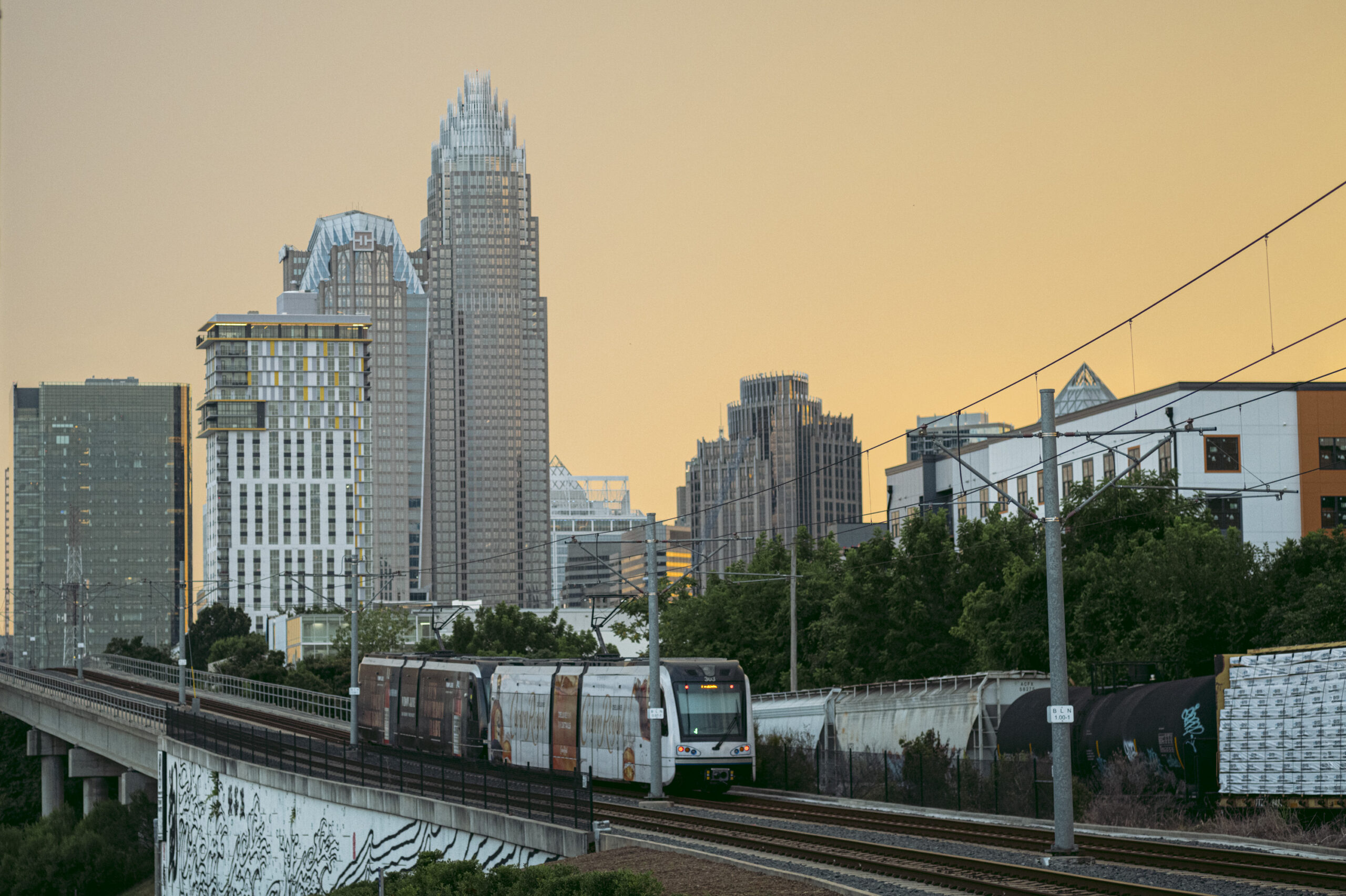The future of Charlotte was up for a vote in Raleigh at about 2:15 p.m. on Wednesday, and I was on the phone with Walter Price, who’d spent more than a year working toward that moment.
Price isn’t someone you’ll see cutting ribbons on a new train line or bus route one day. But he’s a part of “they.”
You know they. As in, “When are they gonna build a light rail to the airport?” or, “Why won’t they do something about traffic here?” As if some wand-waving being pours sidewalks.
In reality, “they,” when it comes to transportation in a major city, is a less glamorous mix of public officials, civic leaders, lobbyists, town managers, and CEOs. And over the past month, they did something that seemed inconceivable a year ago: convince a Republican-led General Assembly to let Mecklenburg County hold a referendum to raise the sales tax by a penny. The money, about $20 billion over 30 years, plus an estimated $5 billion in matching federal funds, would go toward rail, roads, buses and microtransit.
Price was part of a sort of public affairs special forces squad that mounted up, at the request of the county’s most influential CEOs and public officials, to work behind the scenes to make it happen.
Their immediate goal was the transportation bill. But the broader ambition was to do something deeper — to end a decade-long cold war between the state’s largest city, run by Democrats, and a state legislature controlled by Republicans since 2010.
I was in the middle of asking Price, who leads Moore & Van Allen’s public affairs group and worked pro bono, how they managed to thaw the relationship when he interrupted me.
“Let me give you some breaking news,” Price said. “We just passed 41 to 4. So, um, here we go.”
We paused while his phone lit up with congratulations and exclamation marks.
“Honestly, Michael, I got a little chill,” Price said. “I can’t believe a year ago, we started talking about this, and here we are on the precipice.”
The Senate’s vote (which actually wound up being 42-4) wasn’t the final hurdle, but it was the last big one. The deep-red North Carolina legislature had agreed, overwhelmingly in both chambers, to give deep-blue Mecklenburg County the chance to ask voters in November whether they support raising the sales tax from 7.25% to 8.25%. There are conditions, of course — 40% of the money has to go to roads, 20% to buses, and no more than 40% to trains.
But now, provided the governor signs the bill as expected, long-running pipe dreams like a Red Line to Lake Norman towns and a Silver Line to the airport will be in local hands. Whether we support them will be the story of the fall in Charlotte. It’s hardly a guarantee. The county commission still needs to vote to put it on the ballot, and concerns from opposition groups are already surfacing.
Either way, getting to this point at all is a tale years in the making.
I spent last week talking to people who’ve been in the rooms and on the phones, not about the specifics of the plan, but about the quiet negotiations that helped restore this urban community’s relationship with our mostly rural legislature — in these times, no less. The people involved believe the efforts around transportation could serve as a model for other North Carolina cities trying to navigate Raleigh. More than that, they hope it opens the possibility of future compromises on other pressing Mecklenburg issues, like staffing in the court system.
“I hope we’re in a new day,” said Tracy Dodson, the COO of the Charlotte Regional Business Alliance. “If there’s one lesson learned, it’s that the relationships we built, we’re going to keep them.”

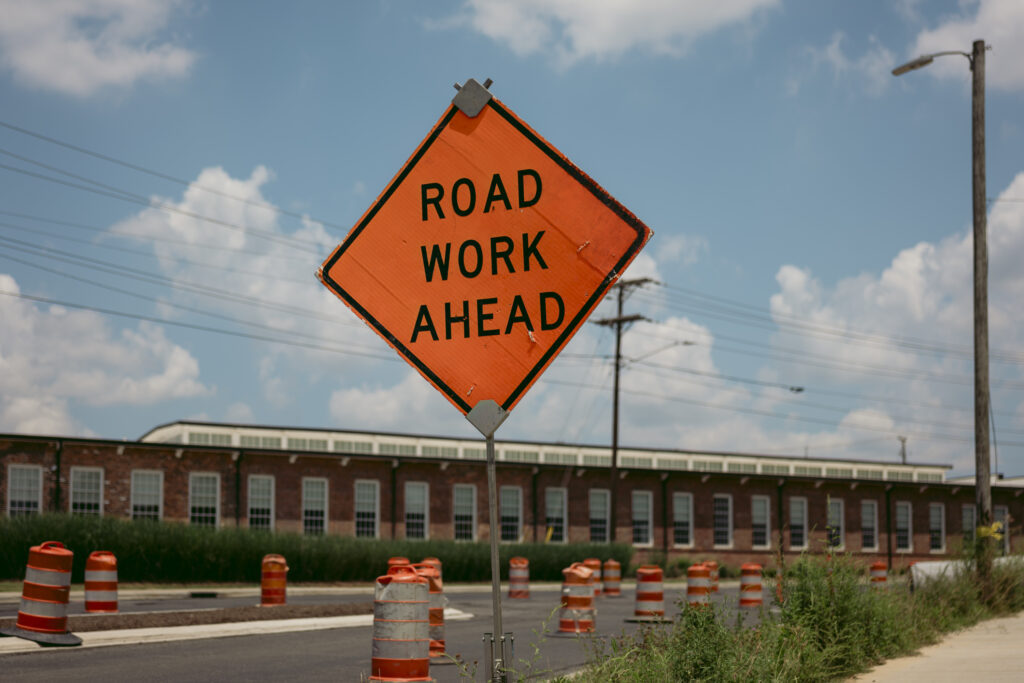
“It’s trust, right?” Ned Curran told me Friday.
Curran’s a longtime Charlotte champion and the former state transportation board chair, who worked the phones and halls for this bill. “You have to have relationships.”
Trust hit a low in 2016, when the HB2 law that overrode Charlotte’s nondiscrimination ordinance tore the state apart, culturally and economically. A series of economic setbacks included the loss of corporate relocations, conventions, concerts, and a delay in Charlotte’s hosting of the NBA All-Star Game.
Curran remembers driving to Raleigh at least four times that year with former Hornets president Fred Whitfield to try to resolve it. More than eight months passed before a compromise, and even then, scars ran deep.
The feuds made for national headlines and local jokes. Meanwhile, though, the Charlotte region’s reality was becoming clear: People kept moving here, and we were sliding in the wrong direction on those “most congested cities” lists — and, like it or not, the only path to meaningful transportation solutions runs through Raleigh.
For years, it seemed local officials’ only active plan was to wait for Democrats to regain control of the legislature. But that could be next year or a generation from now, so leaders worked offscreen on another solution.
Small discussions grew into larger ones. The Charlotte Executive Leadership Council, led by Advocate Health CEO Gene Woods and National Gypsum CEO Tom Nelson, asked Price and his team at MVA to work with local managers and elected officials to build a bridge.
They began holding regular meetings with state leadership. They invited powerful Senate leader Phil Berger to Charlotte to discuss broader issues facing the region, including a big meeting with CEOs at Charlotte Pipe and Foundry, Price said. Over and over, the executives said transportation troubles were a top pain point of doing business here. Kieth Cockrell told me once that after he became president of Bank of America Charlotte, his inbox was flooded with concerns from employees about the future of the 74X bus route from Union County to uptown.
It’s also an economic mobility issue, research has shown, and economic mobility has been a focus for Charlotte leaders since 2014. Curran said he met with Mayor Vi Lyles and city manager Marcus Jones six or seven years ago and told them that the city would soon face a choice: Either become a slow-growth city, or come up with a new funding source for transportation.
Growth being a source of pride for Charlotte, it was a question with only one answer.
“This is what wins the war for talent,” Dodson, the COO of the Business Alliance and the former economic development director for the city, told me. “And I can say wholeheartedly I spend more time now talking to individuals who might be relocating with a company, or companies, and they want to know that we have a plan to keep up with our growth. And that always starts with transportation.”
The business concerns were enough to raise eyebrows among even the most tax-loathing conservative, considering Charlotte accounts for about 20% of North Carolina’s overall economic output. So the lawmakers outlined what the legislature might be willing to sign off on.
The plan had to center roads, at least as much as it centers trains. It had to include the outlying towns. And it couldn’t come with local drama.


Brian Welch was on the beach when the vote came down last week. He’s the town manager of Mint Hill, and he was thrilled.
“I was staring at my phone and it was like, ‘Oh my gosh, that just happened,’” Welch told me the next day. “A buddy sent me a picture of the vote board. I could not believe the green dots [affirmative votes] I saw.”
Welch remembers not being as enthusiastic about previous plans.
About five years ago, former Mayor Harvey Gantt led a task force that unveiled Charlotte MOVES, a transit-heavy plan funded by a penny sales tax. But suburban towns pushed back, saying it wasn’t truly countywide.
Legislators rejected it, too. Former House Speaker Tim Moore came to Charlotte and scoffed. “We really need to be looking at road construction,” Moore said. In 2024, he added, “We do not want to be Atlanta.”
Moore’s words generated some laughs, especially among urbanists and people who know Atlanta and its six-lane standstills.
But Jones, the city manager, heard in Moore’s words an opening to get something done. He and his team had already been discussing shifting funding to roads in the post-COVID work climate. And he, along with Lyles and city council member Ed Driggs, began talking about ways to make the plan more regional — including creating a regional transit authority. By 2024, they had a rough outline of something that resembled the final ratio of roads to rail to buses.
Whether that split addresses Charlotte’s long-term needs — or simply satisfies Raleigh’s political math — will be decided over time. Several people in the community still want to see something more like Gantt’s proposal than the current version, and they’ll likely oppose the plan in November.
Regardless, the new plan addresses a political reality with a mostly rural legislature: As new Speaker Destin Hall put it this past February, “When you walk into my caucus and say, ‘Mecklenburg County wants a tax increase so they can spend a bunch of money on trains,’ it was a tough sell.”
Jones and the other managers, including Welch, convened regularly to discuss what the towns might want, and the conversations ramped up last spring and summer.
They came up with a formula, based on population and miles of town-owned roads, that would give the towns recurring streams of revenue for road projects each year from the sales tax proceeds. Welch estimates that Mint Hill will receive about $5 million a year.
“I remember telling [Charlotte leaders], ‘I will help you get a penny, but the towns are going to get their share,’” Welch said. “These aren’t major projects. It’s simple little turn lanes to just make things safer and get folks in and out quicker.”
Matthews remains the only town that doesn’t support the plan. One reason is that previous plans included building the east-west light rail through the town, and local leaders have invested time and money in studying it. But the bill authors say there’s not enough money, under a 40-40-20 split, to take the Silver Line beyond Bojangles Coliseum, because the stretch from there to Matthews would be the costliest piece.
Ultimately, managers from every town except for Matthews supported the plan, and their town boards signed resolutions supporting the draft legislation late last summer.
In the background, Charlotte leaders had also been conducting discussions with Norfolk Southern about purchasing the tracks from the center of Charlotte to Davidson. In September 2024, the city completed that deal, meaning the northern towns could get their rail line. Davidson mayor Rusty Knox called the Norfolk Southern deal, “a moment in time everybody needs to remember.”
The months after the sale last year were slow, at least publicly. There was a national election, after all, and leaders didn’t want a transportation bill to be caught up in national political chaos.
On Election Night, though, local leaders were watching closely the results of one contest in eastern Mecklenburg County.

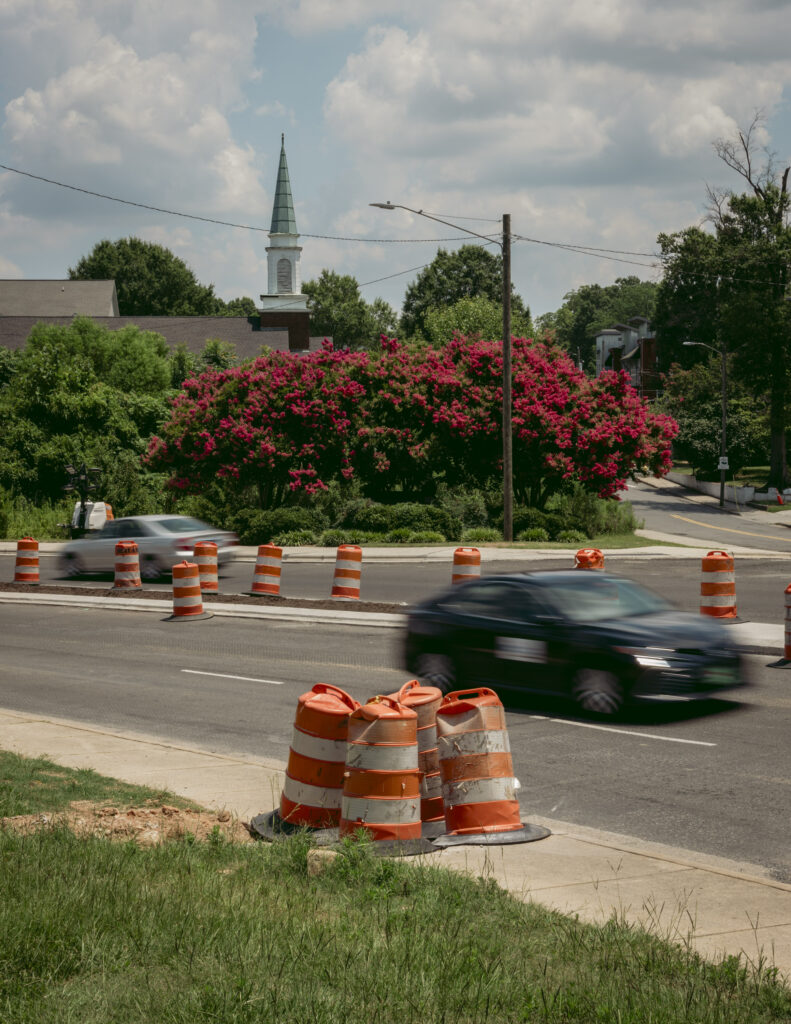
This might be the most compelling twist in the story of the transportation bill.
Tricia Cotham stunned Democrats in 2023 by switching parties. Former allies called her a traitor, and she lost endorsements locally. But when she narrowly won re-election last fall as a Republican — by about 200 votes — she became Mecklenburg’s lone GOP House member. Ironically, that made her one of the county’s most valuable political assets on transit: GOP bills tend to move when sponsored by someone local.
Towers Mingledorff, a member of Price’s team at Moore & Van Allen and a former staffer with U.S. Sen. Thom Tillis, spent hours with Cotham, answering questions about the bill and the possible political ramifications. She wound up sponsoring it, and nine other members of the Mecklenburg House delegation, all Democrats, signed on as co-sponsors.
On the Senate side, Mecklenburg Republican Vickie Sawyer joined Dave Craven, who represents areas east of Charlotte from Randolph to Richmond counties, and Bill Rabon from southeastern North Carolina, as lead sponsors. Four Mecklenburg Democrats joined it as co-sponsors.
It’s wonky, but the point is: the bills entered the legislative session this spring with support from Republicans and Democrats from across the state, even from eastern North Carolina, which has long held a disdain for our city as the Great State of Mecklenburg.
Then they put in the miles. The MVA team, in particular Mingledorff and Canaan Huie, who has years of experience drafting bills, devoted their working lives to it. Local city council member Driggs also made the trip numerous times, they said.
I talked to Mingledorff for more than 90 minutes on Friday. Like most of the members of the team that shepherded the plan, he said he’d prefer to stay in the background. (He even started our conversation by joking, “I don’t really want to be talking to you.”) But later in the day he sent me a long text message saying that if he could put anything on the record, it would be a thank you to the legislators and their staffs, and he closed it by saying, “Sen. Craven and Rep. Cotham brought us home, and this county and the business community will be forever grateful for their leadership.”
It’s something to consider: If Tricia Cotham hadn’t switched parties two years ago, angering thousands of people in Mecklenburg County, and if she hadn’t eked out an election last fall, the Mecklenburg transportation bill might not have made it.
“She deserves a lot of credit,” Price said. “She’s not just been the face of it, but really, really dug in to the intricacies of what we were trying to do and understood it, and then just became a phenomenal champion.”

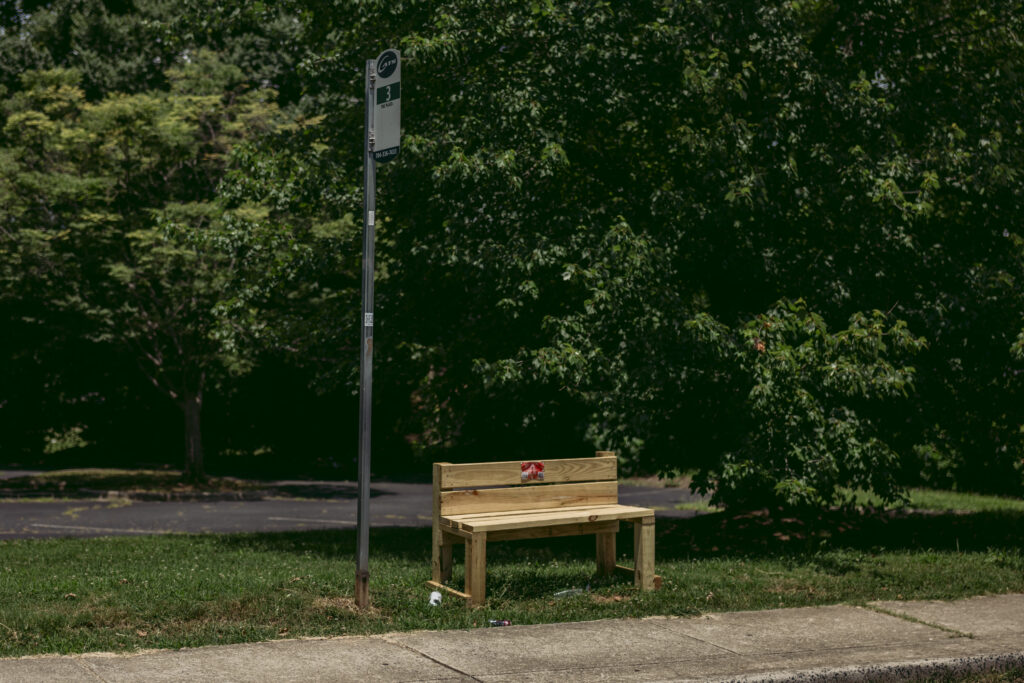
Go back to that, “It’s trust, right?” quote from Curran.
There’s a flip side to Charlotte’s efforts to build trust in Raleigh: Many people in Charlotte aren’t convinced they can trust Raleigh. And some are a little unsettled by the overwhelming support for the bill.
I spoke with Robert Dawkins, from the nonprofit Action NC, on Thursday. Dawkins lives in Mint Hill, but he’s spent much of his career organizing neighborhood groups and advocating for low-income families. He’s also a details guy, and he immediately jumped into the specifics of his concerns with the bill. He says the sales tax is regressive, and that transit lines to the suburbs will be built on the backs of poor people. He wants to see more investment in buses. And he doesn’t like the makeup of the 27-member authority that will oversee transit, with three members coming from legislative leadership.
Dawkins is in his mid-50s and says his skepticism is rooted in history.
He remembers the 1998 sales-tax increase that didn’t deliver rail to Lake Norman, the decades it took to complete I-485, the long and embarrassing case of the Hawthorne Lane Bridge. And he brings up Brooklyn, the Black neighborhood razed in the 1960s and ’70s in the name of “progress.”
“If I hadn’t been the Robert who saw all of that, then I’d be more optimistic about this, and I’d believe in it, and I’d believe in the Easter bunny and everything,” he told me. “I don’t want to be the guy who’s 65 or 66 who says I helped gentrify you out of here.”
I asked him what option the region has, other than to wait for new leadership to sweep into Raleigh. “That’s what I think we should do,” he said.
County commissioner Susan Rodriguez McDowell told the Observer last week that she supports letting the community decide on the bill in November, but that she won’t vote for it, adding that if a bill can’t fund more mass transit “because of the powers that be in Raleigh, I say we wait until the powers that be are different.”
But the GOP has a 71-49 edge in the House and a 30-20 supermajority in the Senate, and current district maps make any overnight flip of power unlikely.
At home, Democrats still hold an overwhelming majority in local politics — a 9-2 edge on council and a 9-0 margin on the county commission. But for the city council, in particular, community confidence is waning.
Just in the past two months, a run of controversies has been a drag on the city. There’s the council’s handling of a settlement with CMPD Chief Johnny Jennings, a claim by a council member alleging corruption, and then the federal indictment of member Tiawana Brown.
Prominent executive Malcomb Coley said in a story in The Assembly last week that Charlotte’s brand remains strong, but “these things do begin to chip away at the edges.”
The controversies weaken the council’s credibility, and whenever that happens in Charlotte, the business community tends to become more vocal and visible, as a show of steady leadership.
“There’s been reassuring,” Price, from MVA, told me of conversations with the legislature this spring. “Yeah we’ve got some choppiness going on, and there’s certainly some news that’s being made, but we’re still very confident we can execute what we’ve said we’re going to execute.”

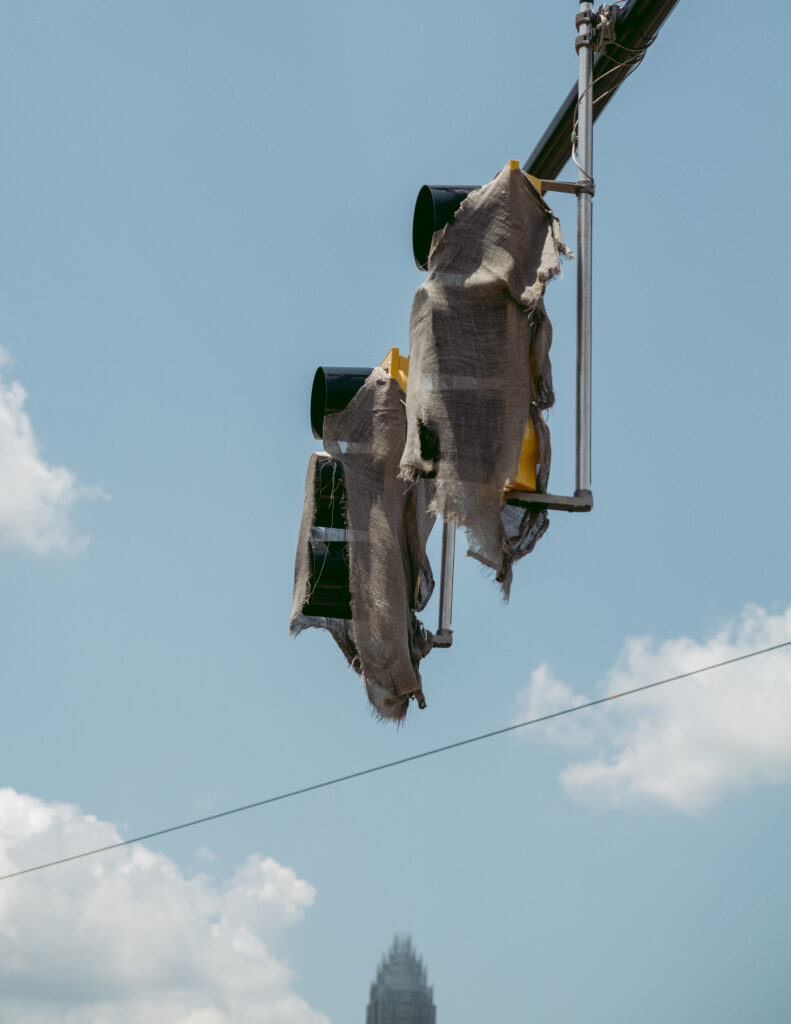
All of that is the water we’re swimming in as the county commission considers putting the referendum on the ballot, and a major campaign to convince voters to support the proposal begins.
Whether this plan becomes pavement or just paper will likely be up to voters. But after years of cold stares and gridlock between Charlotte and Raleigh, the thaw has finally begun.
“We need to build upon that collaboration,” county commissioner Leigh Altman said in a phone call. “It just does not serve our residents when we can’t even speak to each other. That is a disservice to our community.”
Larry Shaheen, a transportation attorney who represents the CLT Alliance Foundation, said he choked up on Thursday when the bill passed. He was one of the sharpest critics of the Charlotte MOVES proposal in 2020.
Shaheen, a longtime local Republican who’s fought for years to build the GOP brand in Charlotte, had bipartisan praise for politicians and their work on the transportation plan, thanking everyone from Lyles to Cotham to Craven, and all the managers and the business leaders in between.
“Countless people who didn’t get paid understand that the mom who needs to get her son to school and then work cannot have to wait an hour in traffic,” Shaheen said. “If this is done right, Charlotte will be Atlanta, but what Atlanta should’ve been and could’ve been.”
Of course, that kind of vision comes with pressure, and most of that will fall on the city and county to ensure this plan doesn’t wind up becoming another sore spot, like previous transportation initiatives.
“The General Assembly has handed Mecklenburg County a massive responsibility, a privilege, and what we do with that is important, because everybody’s going to be watching,” said Mingledorff with MVA. “We’re in a position where there’s 99 other counties who desperately need us to be successful. If we do it right, we probably move the state forward by 50 years on transportation.”
Editor’s note: I corrected this story to say that Larry Shaheen represents the CLT Alliance Foundation, not the Charlotte Regional Business Alliance.
